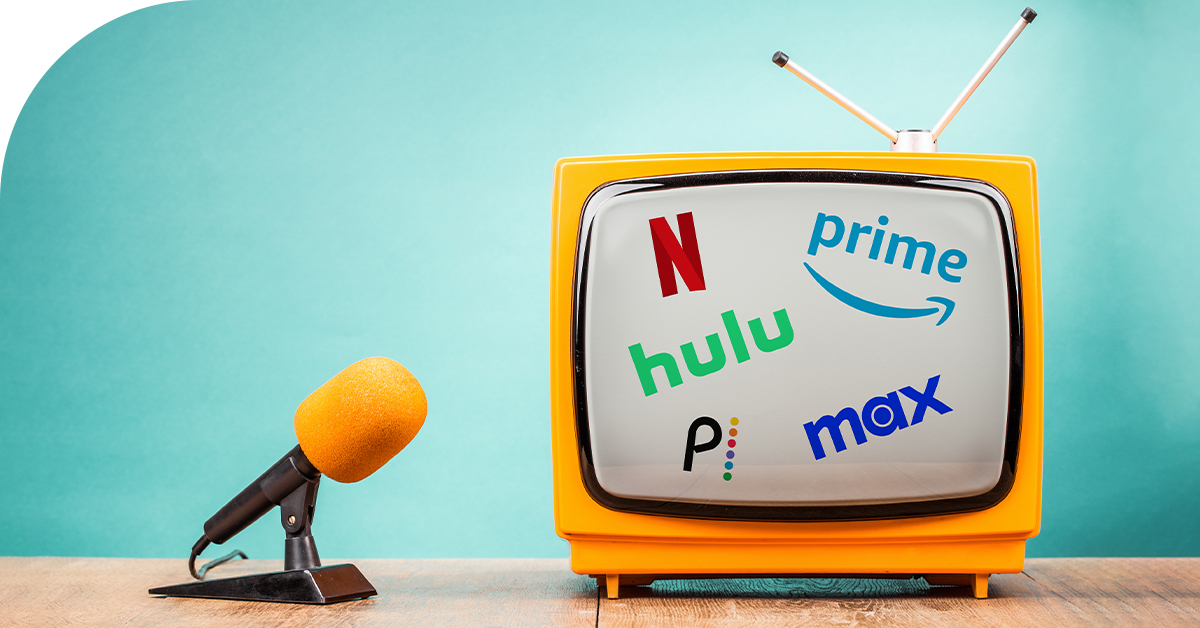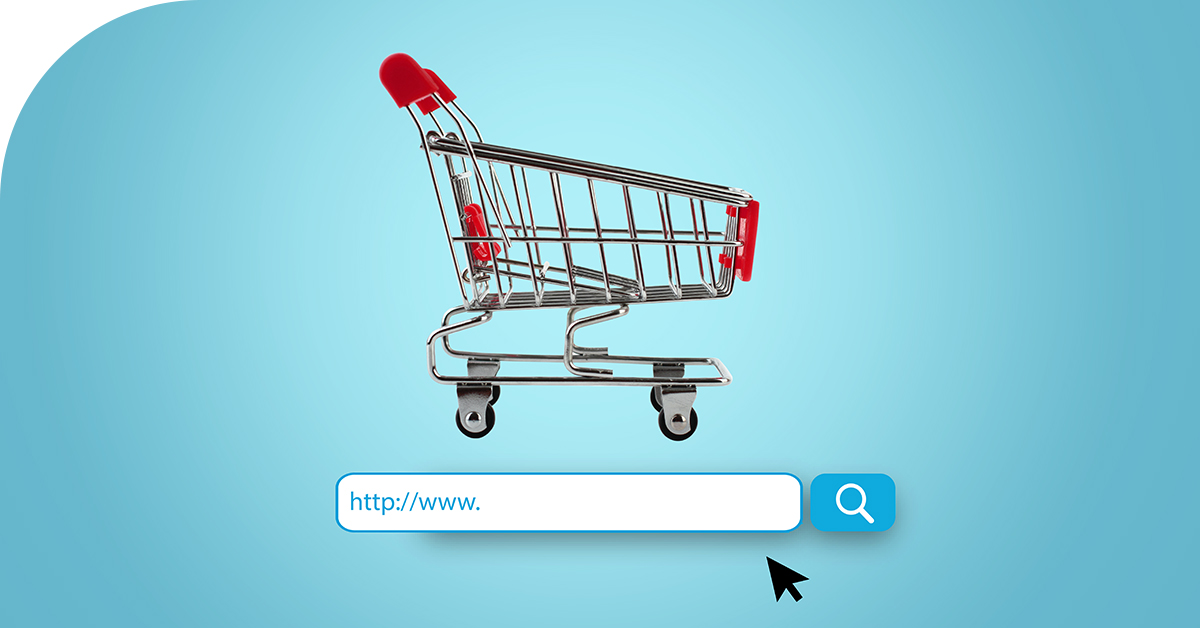It’s hard not to expect instant results and immediate satisfaction in the world we live in today. When dealing with different types of digital marketing it can be hard to wrap your head around the different timelines that serve campaigns when entering the space. This elusive, ideal timeline can vary and will be custom to each campaign you launch. This flexibility makes creating a plan and setting clearly connected goals one of the most important steps in the marketing process. Understanding the logical goals connected to your campaigns will help you make a solid plan you can expect to see all the way through.
If you are too focused on the short-term gratification available you will lose sight of the impactful results waiting on the horizon for a well executed long-term digital marketing plan. Repeating the same campaigns over and over can yield some quick results in digital marketing, but over time your success will run dry without long-term planning. Depending on your campaign, results may come over more extended periods of time.
Campaign planning
Your campaign plan guides you toward your ideal outcomes as you achieve the relevant results that make up the contents of your goals. A well thought through plan will help you coordinate your efforts, be proactive, and keep everyone on the same page with milestones.
By planning ahead you are more likely to be realistic about the time, energy, and budget required for your ideal outcome. A plan will help you stay organized, think strategically, and enable you to optimize over time. When employing a full-funnel marketing strategy your planning phase will need to be in-depth to understand appropriate timelines for each campaign and how they will affect and supplement each other over time. Your campaign planning will always be unique depending on the channels you select. It is important to understand the nuances before you go into a new campaign hoping for the exact same results.
Connecting campaigns to goals beyond KPIs
Before you are able to achieve sustainable and replicable performance for your campaigns, you’ll need to connect your campaigns with a specific goal. With a primary goal in mind (i.e. conversions), you can choose supporting KPIs (i.e. cost per acquisition) to show more opportunities for growth and select appropriate tactics (i.e. retargeting) to achieve success.
If you have a goal in mind of building your brand, tell a story. Shoppers engage with brands they feel connected with and storytelling is a powerful tool for sharing your message. To craft your narrative, think about your origin story and what adds humanity to your brand. Customers need to see your brand images and message repeatedly over time before it sinks in. Repetition builds recognition, trust, and eventually, preference and loyalty. And this will take time, no matter what. Each part of the campaign deserves time to play its role and requires a realistic timeline for tangible results to develop.
On the other hand, if your message or creative runs too long, advertising fatigue could develop. Once people see your ad too many times, it will become background noise and they will stop noticing it.
So, how long should you run an ad campaign? Let’s talk about the types of campaigns available in digital advertising and the different time requirements they might have to run successfully.
Campaign types
Short-term campaigns (less than three months)
Most successful short-term campaigns are on a pay-per-click (PPC) offer for paid advertising. Services that offer paid search or social advertising will almost always offer a PPC model, which means you will only pay for your ad placement when it is clicked on by the user. This guarantees that your ads will generate clicks that will pace equal to the cost of your campaign.
A short-term campaign like this serves as a great attention grabber and will draw customers in with direct information. This style of campaign delivers guaranteed results in the form of clicks. Short-term campaigns decay away quickly, only producing a sales spike, not a sales build, whereas long-term campaigns have the opposite effect.
Building up to long-term campaigns (longer than six months)
It can be hard to sit back and give programmatic campaigns the time they need to run, gather data, and optimize over time. For those new to programmatic advertising, you may be making the mistake of judging your campaigns too fast if it doesn’t meet expectations right away.
At a minimum, running a campaign for six months will allow for actionable results to develop. After that amount of time, patterns can emerge, and meaningful insights can be drawn from your results. And pulling the plug too early will mean you don’t have enough reliable data to optimize with.
Once you are comfortable with launching your programmatic campaigns for several months at a time, you can look into extending your campaigns to do more work over longer periods. Extending your campaigns to run for several months will allow you to drive momentum over time by optimizing your campaign performance according to top-performing creative assets or audience targeting with validated data from your past campaigns.
After the first week, your results will not be a true indicator of campaign performance. By the second week, your campaign could be ramping down as it starts to learn from itself, and by the third week, you can look at supply sources and domains to see what kind of trends are emerging and start to consider the adjustments you can make in the future. By scaling your campaigns for length you can maximize your impact through smart optimization choices over time. With several months under your belt, you can successfully demonstrate how impactful each campaign component was and for how long.
A longer campaign timeframe can also help you properly allocate marketing resources. The more data you have, the more accurately you can decide which campaign components need more—or fewer—budget dollars.
Driving momentum over time
There will always be a careful balance between optimizing as quickly as possible and allowing time to collect truly useful information. If you are making too many changes at once, you won’t clearly see which optimization made the difference and which settings are still holding the campaign back.
Media buyers need as much transparency into the buying process and direct access to raw, real-time campaign data to make informed choices. By investing in programmatic platform operators, you are able to be less reliant on multiple vendors and are able to act quickly and with clarity during the strategic planning processes, as well as the execution and optimization phases. And ultimately, you are able to earn more time to analyze results and optimize your advertising campaigns for longer periods of time. Through several testing and optimization phases for ad creative, placement, and contextual targeting, you will maximize ad performance and scale the best-performing ads and media buys.
What matters most when planning campaign length?
Campaign planning and optimization will always be custom based on your unique goals. There is not a one-size-fits-all solution, but there are several opportunities to tailor your most successful campaigns to work for you.
You must give yourself fair and realistic timelines, especially as you build up to create a long-term campaign. Take advantage of short-term campaigns for quick wins and complementary success when necessary. Give yourself a reasonably flexible budget to maximize ad spend when buying ads programmatically. And finally, if you have any questions about campaign performance or would like some help learning new strategies to maximize your ROI, reach out to Choozle’s Media Team.







